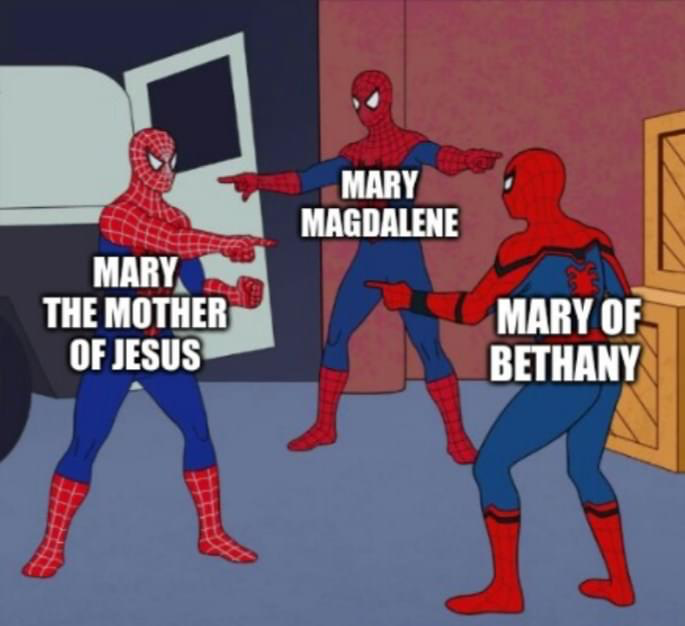For many students, making memes in class is a distraction from the subject matter. For one theological lecturer, however, it has become a part of the class work.
James McGrath is the Clarence L. Goodwin Chair in New Testament Language and Literature at Butler University in Indianapolis, Indianna. For a few years, he has incorporated memes students make into his course.
“I don’t think I can recall when or how the idea first occurred to me,” Dr McGrath said.
“I started incorporating memes as one way students can earn points ever since I adopted a points-based or “gamified” approach to grading.”
Students in some of Dr McGrath’s classes can gain extra credit in class for clever memes that incorporate course theory.
“What that means is that, if a student does an assignment worth up to 10 points and it doesn’t go well, so they only earn two points they aren’t thereafter looking at a final grade of at most an A minus,” he said.
“Points are cumulative. Us educators often say we want students to take risks and try hard things, and to value learning for its own sake.”
“Our grading system, however, makes it so that if you fail to succeed from the outset you will be penalised no matter how much your learning progresses thereafter. The way we get good at anything is to try, fail, and try again, and so I’ve adopted a grading system that reflects that.”
“Memes can be silly but some reflect genuine understanding of course content. Even the most frivolous, and the ones that are about the experience of being in class rather than about the content, still help me get a sense of how the class seems from the students’ perspective.”
“In the points-based system, memes can be something optional, just one of many ways that students can accumulate points towards their final grade.”
Dr McGrath is far from the first theology lecturer to incorporate memes into class. Scott MacDougall from the Church Divinity School of the Pacific gave out an assignment a few years ago where students needed to create their own memes, gain feedback, and reflect on the theological choices they made.
Dr McGrath shared a few of his favourite memes with Insights. These included one that drew on the popular pointing Spider-Man format to describe how there are three different women named ‘Mary’ in the Gospels, who are often mistaken for one another.


“The Spider-Man and Bernie Sanders ones reflect the fact that we have multiple individuals named Mary in the New Testament,” Dr McGrath said.
“That isn’t surprising when we consider the inscriptional evidence for the popularity of the name (Miriam, the sister of Moses, and also (in the form Mariame or Mariamne) the name of the last Hasmonean princess and the wife of Herod the Great).”
“The meme also reflects the fact that there is a tradition of running together Mary Magdalene with the ‘sinful woman’ from a story in Luke and/or Mary of Bethany, the sister of Martha and Lazarus. So there’s a lot behind those memes.”
Another concerned the slightly obscure, storied figure Thecla.

“Thecla is not widely known among English speakers but the stories about her as a woman who follows the teachings of Paul and shows herself to be every bit as heroic, a leader, and a martyr in her own right,” Dr McGrath said.
















